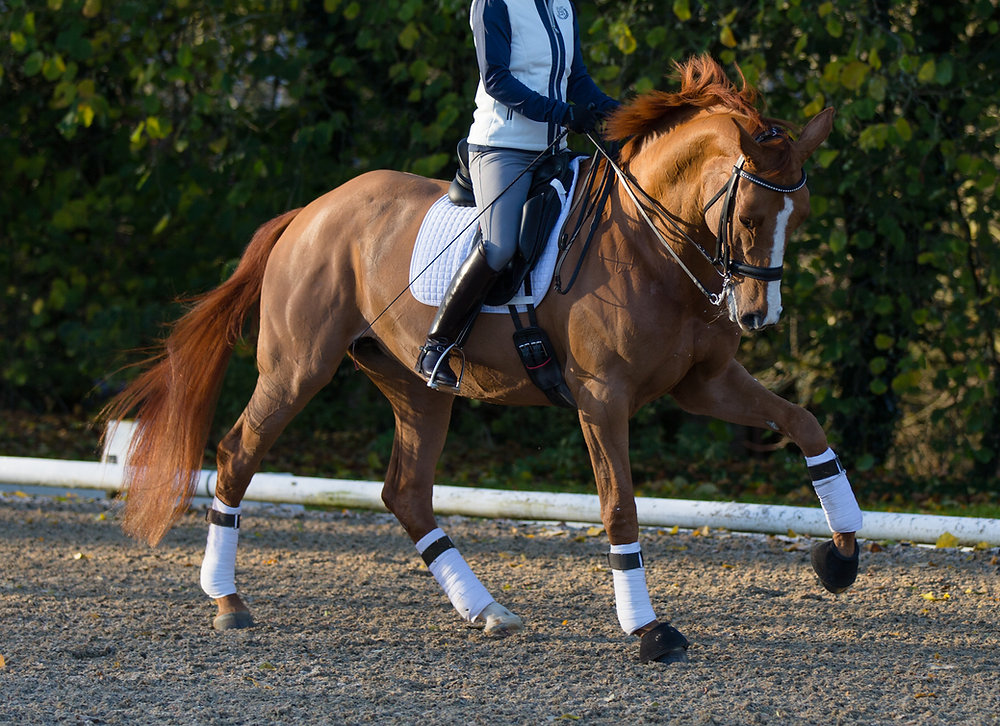Cross-training: Keeping Horses Mentally Fresh

Cross-training is an essential strategy in equine management that involves varying a horse’s routine to promote both physical and mental well-being. This article explores how cross-training can keep horses mentally fresh, improve their performance, and prevent burnout.
What is Cross-training?

Cross-training refers to incorporating different types of exercises and activities into a horse’s training regimen beyond their primary discipline. For example, a dressage horse might include trail riding or jumping sessions to diversify its experience.
| Benefits of Cross-training | Description |
|---|---|
| Mental Stimulation | Engages the horse’s brain by introducing new challenges and environments, preventing boredom. |
| Physical Conditioning | Enhances overall fitness by working different muscle groups and improving cardiovascular health. |
| Injury Prevention | Reduces repetitive strain by varying movements and workload. |
| Improved Performance | Builds versatility and adaptability, which can translate to better results in the primary discipline. |
Why is Mental Freshness Important?
Horses, like humans, can experience mental fatigue and boredom from repetitive training routines. This can lead to behavioral issues such as resistance, anxiety, or lethargy. Keeping a horse mentally fresh helps maintain enthusiasm, focus, and a positive attitude toward training.
Effective Cross-training Activities
- Trail Riding: Exposes horses to new environments, sounds, and terrains, stimulating their senses.
- Jumping: Develops agility and coordination while providing a fun challenge.
- Lunging: Allows controlled exercise that can focus on balance and obedience.
- Groundwork: Enhances communication and trust between horse and handler.
- Swimming: Offers low-impact cardiovascular exercise that is gentle on joints.
How to Implement Cross-training Safely
- Assess the Horse’s Fitness Level: Start with activities suitable for the horse’s current condition.
- Gradual Introduction: Slowly incorporate new exercises to avoid stress or injury.
- Monitor Behavior and Health: Watch for signs of fatigue or discomfort.
- Balance with Primary Training: Ensure cross-training complements rather than replaces essential discipline work.
FAQ
Q1: How often should I cross-train my horse?
A1: Depending on the horse’s workload, incorporating cross-training 1-2 times per week can be beneficial.
Q2: Can cross-training help with behavioral problems?
A2: Yes, it can reduce boredom and frustration, which are common causes of behavioral issues.
Q3: Is cross-training suitable for all horse breeds?
A3: Generally, yes, but activities should be tailored to the horse’s breed, age, and health.
Q4: What if my horse resists new activities?
A4: Introduce changes gradually and use positive reinforcement to encourage acceptance.
Conclusion
Cross-training is a valuable tool for maintaining a horse’s mental freshness and overall well-being. By diversifying training routines, owners can foster happier, healthier, and more adaptable horses ready to excel in their disciplines.
This article provides a structured, informative approach to cross-training, designed to engage readers and improve SEO through clear headings, tables, lists, and an FAQ section.
